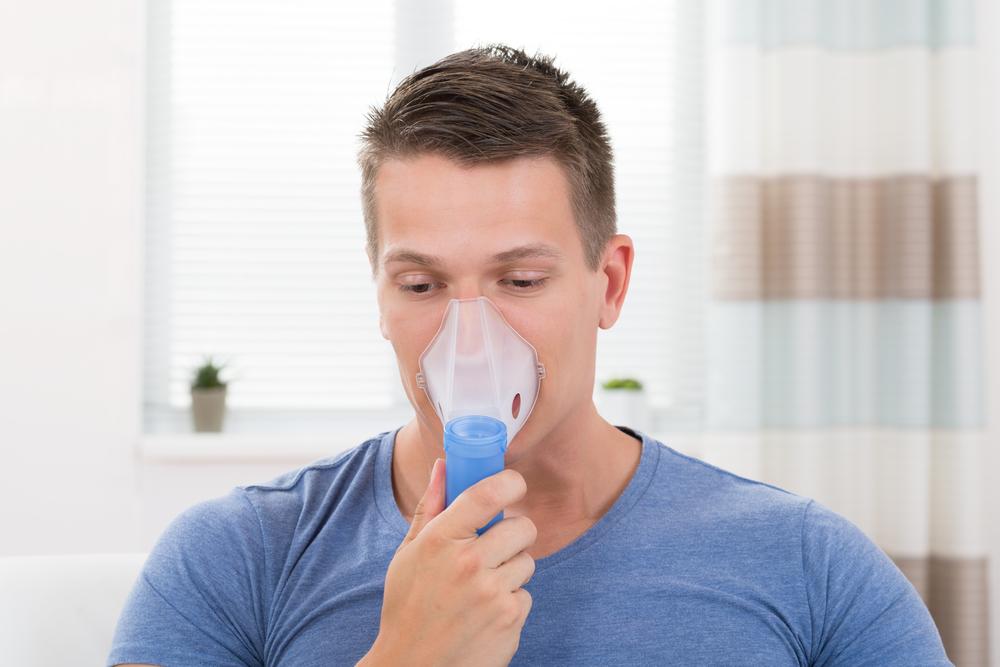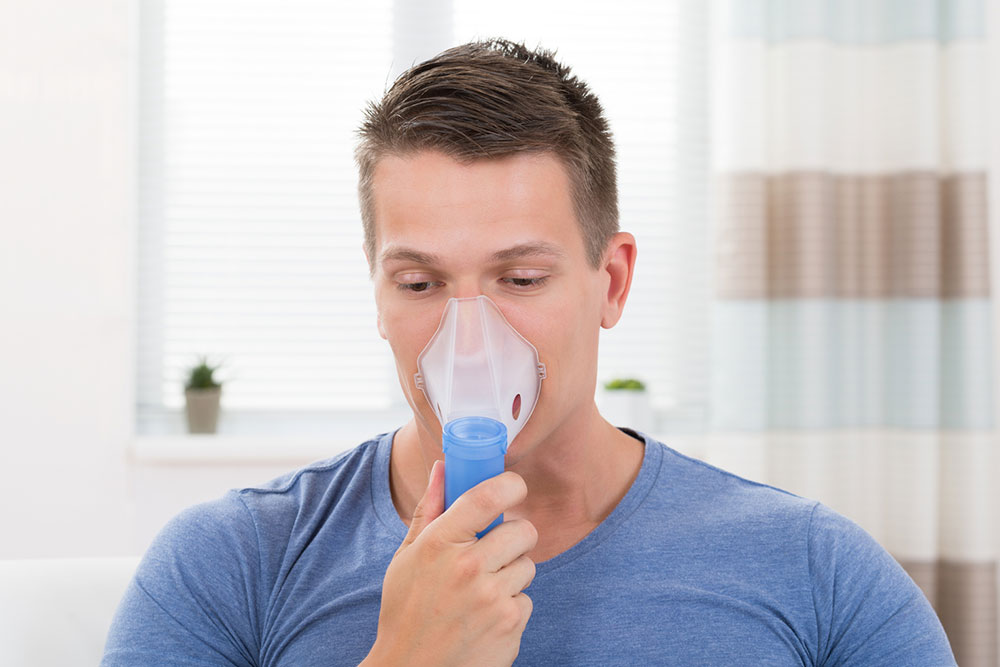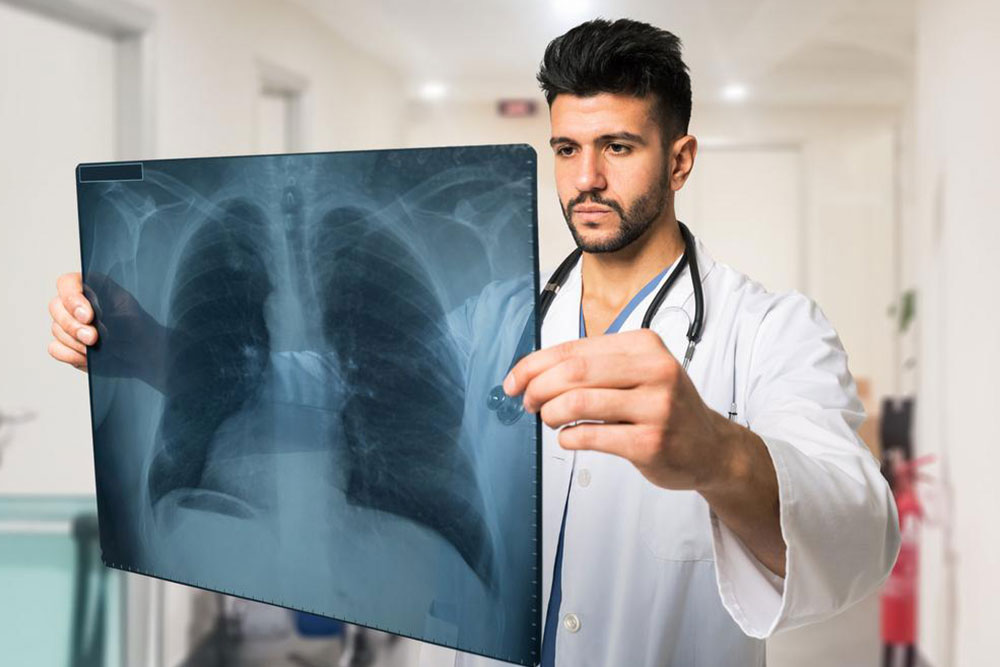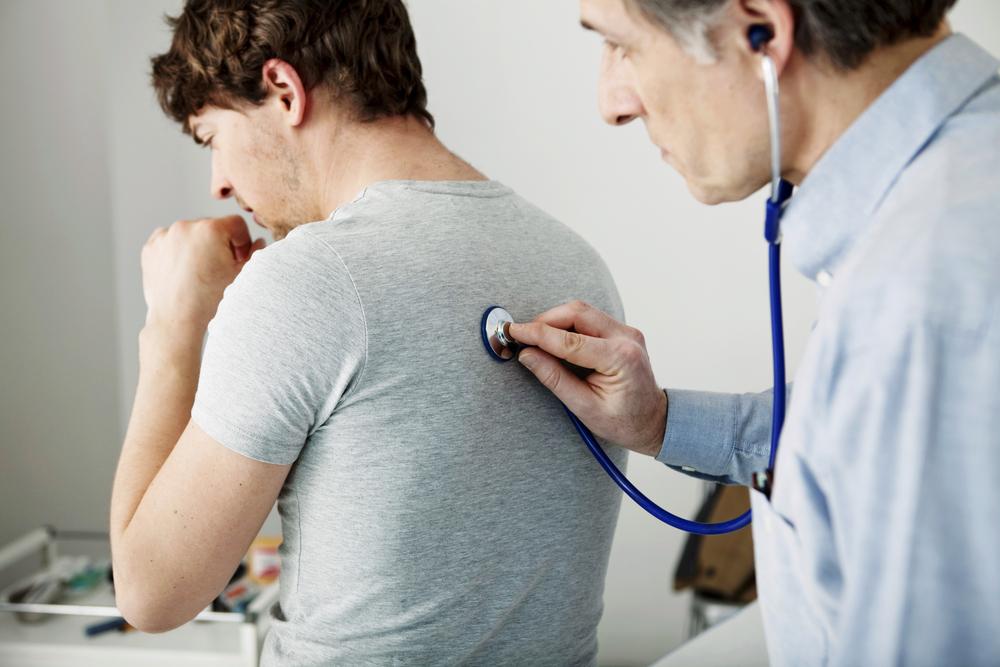Comprehensive Overview of Lung Damage in COPD: Understanding Pathological Changes and Impacts on Respiratory Health
This comprehensive article provides an in-depth overview of how COPD causes lung damage, focusing on the pathological features such as inflammation, alveolar destruction, and airway narrowing. It explains how these changes impair gas exchange, leading to respiratory symptoms, and highlights the importance of early diagnosis and management strategies. Ideal for patients, caregivers, and healthcare professionals, the content emphasizes understanding COPD's impact on lung health and the significance of timely intervention to improve quality of life.

Understanding Lung Damage in Chronic Obstructive Pulmonary Disease (COPD)
Chronic Obstructive Pulmonary Disease (COPD) is a progressive respiratory condition characterized by persistent airflow limitation that significantly impairs normal breathing. It affects millions worldwide and is primarily caused by long-term exposure to harmful particles and gases, such as cigarette smoke, environmental pollutants, and occupational hazards. To fully grasp the complexity of COPD, it's crucial to understand how the disease damages lung tissues and disrupts normal respiratory functions.
In healthy lungs, the process of gas exchange is seamless. Air enters through the nose or mouth, travels down the trachea, and then flows through the bronchi and smaller bronchioles—collectively known as the respiratory pathways—until reaching tiny sac-like structures called alveoli. These alveoli serve as the site of vital gas exchange: oxygen from inhaled air diffuses through their thin walls into the capillaries, while carbon dioxide, a metabolic waste product, moves from the blood into the alveoli to be exhaled. This efficient exchange relies on the integrity of the alveolar walls and unobstructed airflow.
In COPD, however, this delicate process becomes compromised due to structural and functional changes in the lungs. The disease causes inflammation of the airways, excessive mucus production, destruction of alveolar walls, and narrowing of the respiratory passages. These pathological changes lead to airflow obstruction, reducing the amount of oxygen that reaches the bloodstream and impairing the removal of carbon dioxide. As a result, individuals with COPD often experience shortness of breath, chronic cough, and fatigue which progressively worsens if untreated.
Chronic Bronchitis: A common form of COPD, chronic bronchitis involves inflammation of the bronchial tubes—the large airways that carry air to the alveoli. This inflammation leads to swelling, excess mucus production, and frequent coughing. The swollen bronchial walls spasm, causing further narrowing of the airways and compromising airflow. Over time, frequent inflammation damages the lining of these airways, making them more reactive and prone to obstruction, which aggravates breathing difficulties.
Emphysema: This condition involves the destruction of the walls of the alveoli, the tiny sacs responsible for gas exchange. Elastin proteins in the alveolar walls provide elasticity, allowing the alveoli to expand and contract during inhalation and exhalation. In emphysema, enzymes such as elastase—released during chronic inflammation—break down these elastin fibers, resulting in weakened, abnormally inflated alveoli. This destruction reduces the surface area available for gas exchange and causes the alveoli to lose their elasticity, making exhalation inefficient and trapping air inside the lungs.
Oxygen is vital for cellular metabolism, powering the body's tissues and organs, while carbon dioxide is a waste product expelled through exhalation. In healthy lungs, alveoli efficiently conduct this exchange: oxygen diffuses into the blood, and CO2 is expelled efficiently. However, in COPD, alveolar dysfunction is prominent. In emphysema, damaged alveolar walls lead to residual air being trapped, causing hyperinflation. In chronic bronchitis, mucus buildup and airway narrowing hinder air flow. These impairments cause residual CO2 to accumulate in the alveoli, mixing with fresh air during every breath, which results in lower oxygen levels in the blood. Over time, this inadequate oxygenation can lead to hypoxemia and other complications.
The destruction of alveolar walls involves enzymes like elastase and other proteases, which become overactive in response to persistent inflammation. These enzymes degrade elastin and other structural proteins within alveoli, weakening the lung tissue and leading to conditions akin to an aging, worn-out balloon. This structural deterioration profoundly impacts respiratory capacity, making it difficult for patients to regulate airflow effectively. The resultant lung hyperinflation not only causes breathing difficulties but also decreases the overall efficiency of the respiratory system, contributing to symptoms such as dyspnea (shortness of breath), wheezing, and fatigue.
Understanding the pathological features of COPD underscores the importance of early diagnosis and management. Treatments mainly aim to reduce inflammation, alleviate symptoms, and prevent further lung damage. Techniques include smoking cessation, bronchodilator therapy, corticosteroids, pulmonary rehabilitation, and supplemental oxygen therapy when needed. Ongoing research explores regenerative therapies and novel interventions targeting lung repair and regeneration to improve patient outcomes in the future.





